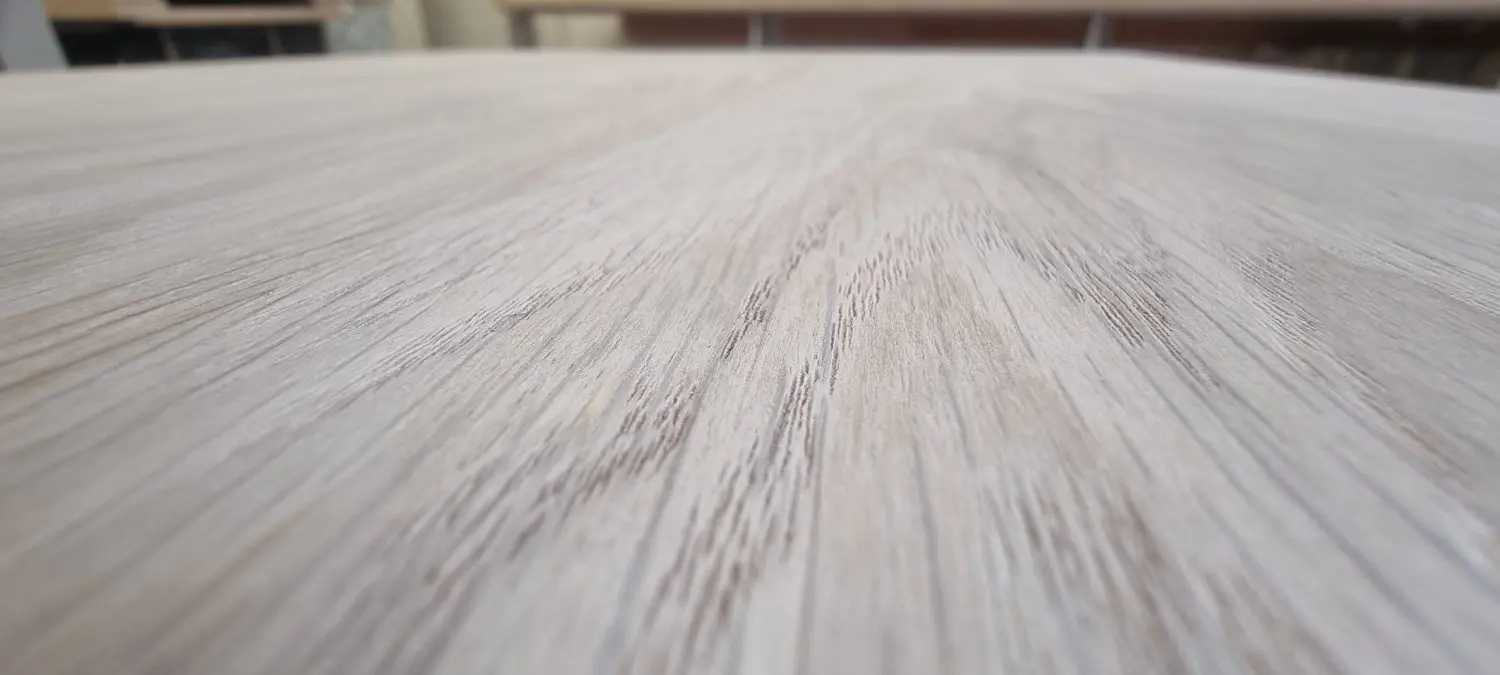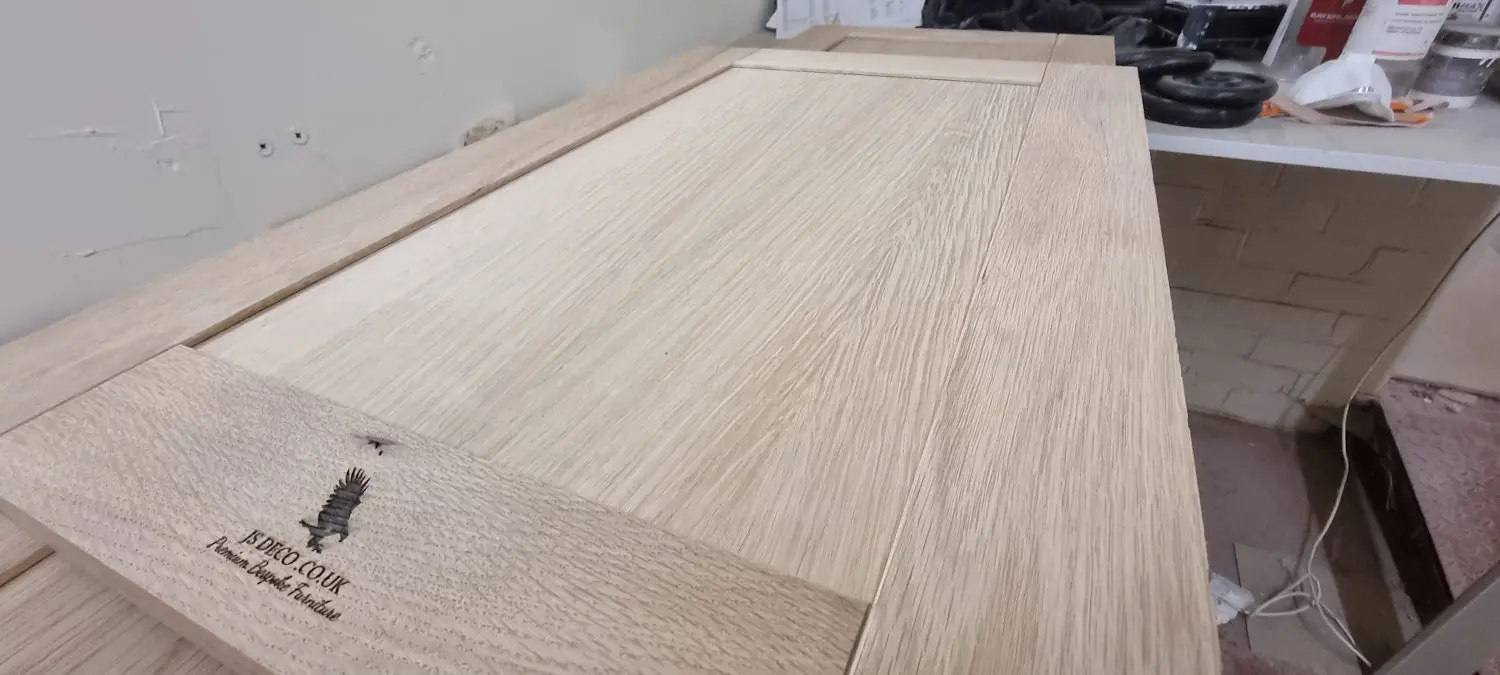
10 Advantages of Wood: Insights into the Pros and Cons of Solid Wood
Solid wood furniture is a timeless classic that has been used in homes for centuries. It’s beautiful, durable, and adds a touch of elegance to any home. However, like anything else, there are pros and cons to using solid wood furniture. In this article, we will explore the eight pros and cons of solid wood furniture.
Introduction to Building Materials
When it comes to building materials, making the right choice is crucial for the success and sustainability of any construction project. In the construction industry, the selection of building material not only affects the structural integrity and appearance of a building but also its environmental impact. Among the many options available, wood stands out as a natural, renewable, and eco-friendly material. Using wood in construction offers a range of advantages, including impressive durability, the ability to store carbon, and a reduced carbon footprint compared to other materials. As a sustainable building material, wood supports eco-friendly practices and helps create buildings that are both beautiful and long-lasting. In this article, we’ll explore why wood is an ideal choice for sustainable construction and how it can benefit your next project.
Durability
One of the primary advantages of solid wood furniture is its durability. Unlike furniture made from engineered wood or particleboard, solid wood furniture can last for generations. It can withstand everyday wear and tear and can be repaired if necessary.
Natural Look and Feel
Solid wood furniture has a unique and natural look and feel that cannot be replicated by other materials. Solid wood is a natural material, which gives it an authentic appearance and ensures that each piece is truly one-of-a-kind. Each piece of solid wood furniture is unique and has its own distinctive grain pattern. It adds warmth and character to any room.
Versatility
Solid wood furniture can be used in any room of the house. From the living room to the bedroom to the dining room, solid wood furniture looks great in any setting. It can be stained or painted to match any decor style.
Sustainability
Solid wood furniture is an eco-friendly choice for the environmentally conscious homeowner. Unlike furniture made from particleboard or MDF, solid wood furniture is biodegradable and can be recycled or repurposed.
Solid wood furniture is crafted from a sustainable material that is sourced from responsibly managed forests. Trees act as a vital natural resource, absorbing CO₂ and providing carbon storage, which helps reduce greenhouse gases and supports the fight against climate change. By choosing wood products, you support sustainable forestry practices that benefit both your local area and the world. For example, reforestation projects not only restore forest cover but also enhance biodiversity and provide ongoing environmental benefits for communities and ecosystems.
Sturdiness
Solid wood furniture is incredibly sturdy and can withstand heavy use. It is less likely to break or warp than furniture made from engineered wood or particleboard.
Health Benefits
Choosing wood as a building material can have a positive impact on the health and wellbeing of building occupants. Wood’s natural properties help improve indoor air quality by moderating humidity levels and reducing the risk of mold and mildew growth. The presence of wood in interior spaces has been shown to lower stress, promote relaxation, and even reduce heart rates, thanks to its biophilic effect—our innate connection to natural materials. Wooden structures create a warm, inviting environment that supports mental health and overall comfort. With regular maintenance, wood can continue to provide a safe and healthy atmosphere for years, making it a smart choice for anyone looking to enhance the environment of their home or workspace.
Insulation Properties
Wood’s unique cellular structure is filled with tiny air pockets, making it a natural insulator that outperforms many other materials in regulating indoor temperatures. Unlike steel or concrete, wood helps trap heat during colder months and keeps interiors cooler in the summer, reducing the need for artificial heating and cooling. This natural insulation not only makes buildings more energy-efficient but also lowers utility costs and supports sustainable, eco-friendly construction practices. By choosing wood as a primary building material, you can create comfortable, energy-saving spaces that are better for both the environment and your budget.
Cons of Solid Wood
Expensive
One of the biggest disadvantages of solid wood furniture is the price. Solid wood furniture is often more expensive than furniture made from engineered wood or particleboard. However, the cost is usually justified by the durability and longevity of the furniture.
Prone to Damage from Moisture and Heat
Solid wood furniture is vulnerable to damage from moisture and heat. If exposed to excess humidity or dryness, the wood can warp, crack, or split. It’s important to keep solid wood furniture away from heat sources and to avoid placing it in areas with high humidity.
Heavy and Difficult to Move
Solid wood furniture is heavy and can be difficult to move. It requires several people to lift and move, which can be a challenge for those with limited mobility.
Requires Regular Maintenance
Solid wood furniture requires regular maintenance to keep it looking its best. While it needs to be cleaned and polished regularly, and any scratches or dents need to be repaired, an alternative such as a porcelain-faced kitchen offers a durable and low-maintenance solution.
Limited Design Options
Solid wood furniture is limited in terms of design options. Unlike furniture made from engineered wood or particleboard, solid wood furniture cannot be customized or shaped easily. However, minor adjustments or repairs can still be made using basic tools, without the need for specialized equipment. It is often available in traditional styles and designs, which may not suit everyone’s taste.
Solid wood furniture has its advantages and disadvantages. While it is beautiful, durable, and eco-friendly, it is also expensive, heavy, and requires regular maintenance. However, for those who appreciate the natural look and feel of wood furniture and are willing to invest in its longevity, solid wood furniture is a great choice.
Feel free to contact us if you are looking for a studio workshop to make your solid wood kitchen or wardrobe.
Comparison to Other Materials
When comparing wood to other materials like concrete and steel, its advantages become clear. Wood is a renewable resource that can be sustainably harvested and replenished, while concrete and steel production relies heavily on fossil fuels and generates significant carbon emissions. Wood’s ability to store carbon further enhances its eco-friendly profile, helping to combat climate change by keeping carbon locked away for the life of the structure. Additionally, wood’s natural insulation properties mean less energy is required for heating and cooling, making it a more sustainable choice overall. While concrete and steel have their own strengths, wood’s combination of renewability, durability, and environmental benefits makes it a preferred material for modern, sustainable construction projects.
Conclusion
In conclusion, wood is a versatile and sustainable building material that offers numerous benefits for construction projects. From its natural insulation properties and strength to its aesthetic appeal and ability to store carbon, wood is an ideal choice for builders and occupants alike. As the construction industry continues to evolve and prioritize sustainability, wood is poised to play a central role in shaping the future of building design and construction. Whether you’re building a new home, office, or commercial space, consider the advantages of using wood as your primary building material. With its unique combination of natural beauty, durability, and eco-friendliness, wood is the perfect choice for any construction project.



